Get a Quote
Anti- NT-proBNP antibody (![]() Datasheet)
Datasheet)
| Description | Mouse monoclonal antibody | |
| Catalog number | K23d4 | K16q7 |
| Applications | Detection | Capture |
| Platforms | Immunofluorescence, Chemiluminescence and Colloidal gold | |
| Buffer | 1x PBS | |
| Purity | Purity>98%,purified by Protein A/G chromatography | |
| Storage instructions | Upon delivery aliquot and store at -80°C. Avoid freeze / thaw cycles. | |
NT-proBNP protein (![]() Datasheet)
Datasheet)
| Description | NT-proBNP protein (9.4kD) with His-tag, cultured in vitro |
| Applications | Calibrator and quality control product |
| Catalog number | K2936 |
| Purity | >90% as analysized by SDS-PAGE |
| Buffer | 1 x PBS,pH 7.4 |
| Storage instructions | Store at 2 - 8°C (35.6 – 46.4°F) for up to 3 years. |
| Sequence | MHHHHHHPLG SPGSASDLET SGLQEQRNHL QGKLSELQVE QTSLEPLQES PRPTGVWKSR EVATEGIRGH RKMVLYTLRA PR |
| SDS-PAGE | 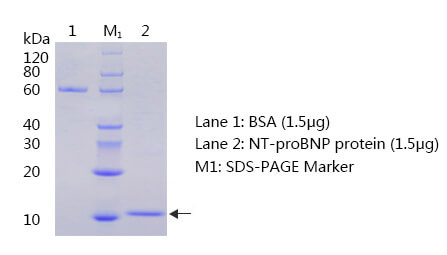 |
| Platform detection |
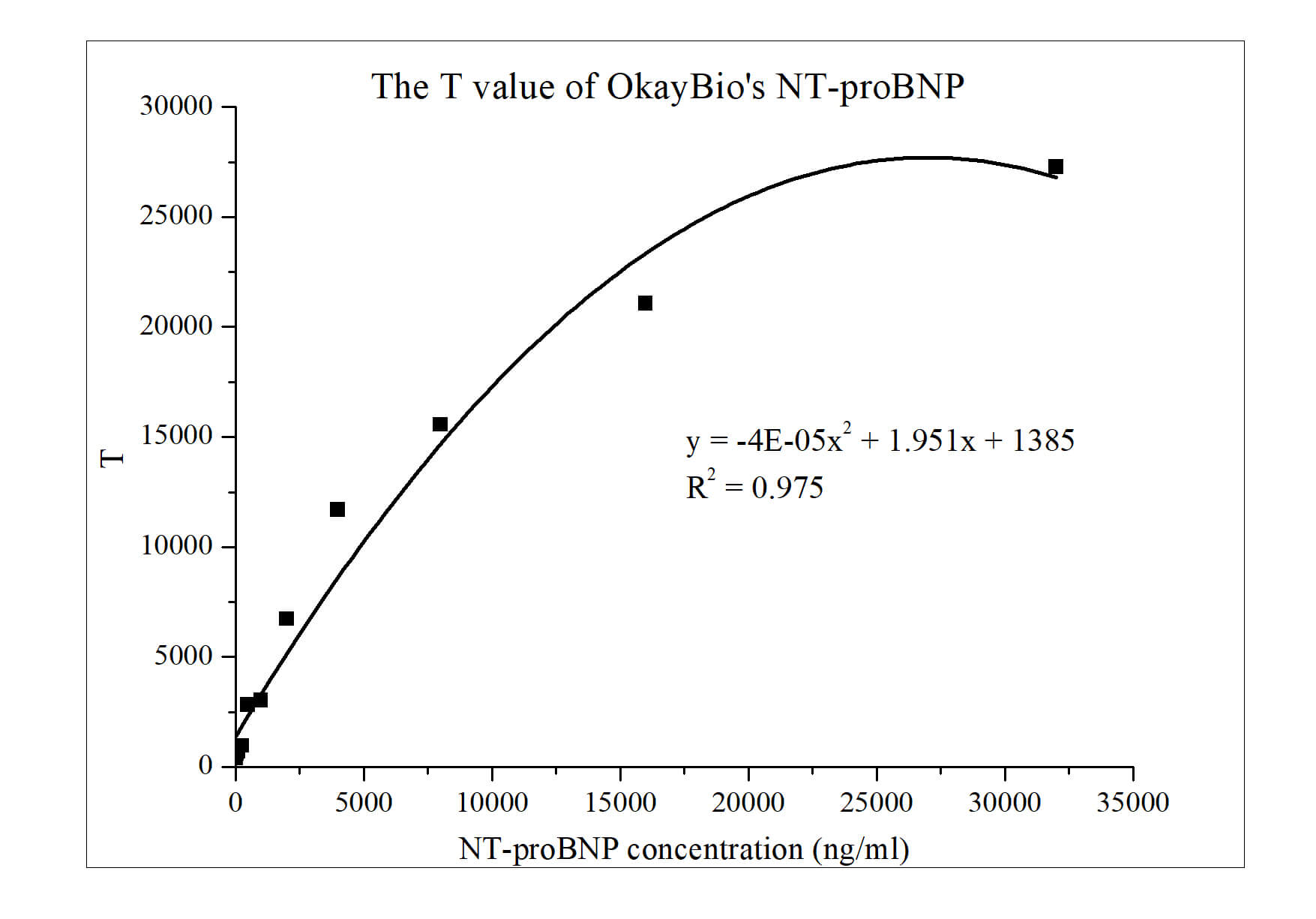 |
Antibody Product Information
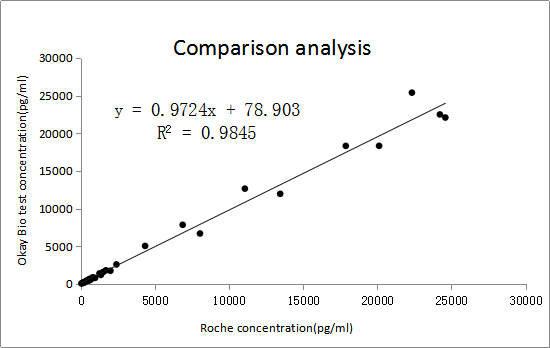 Fig. 1 Coincidence rate of colloidal gold-based test strip
Fig. 1 Coincidence rate of colloidal gold-based test strip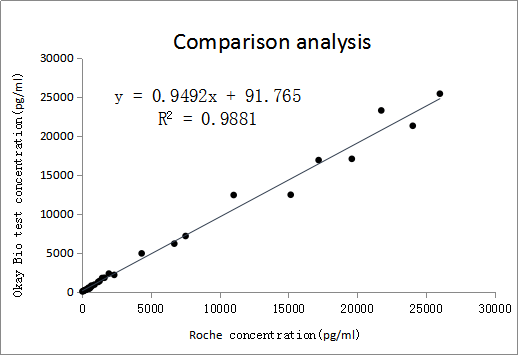
Fig. 2 Coincidence rate of Immunofluorescence-based test strip
| Sample (pg/ml) |
Test 1 | Test 2 | Test 3 | Average (pg/ml) |
RSD | Standard | |
| Batch 1 | 512.24 | 512.51 | 555.53 | 552.85 | 540.30 | 5.48% | ±15% |
| 3009.51 | 3424.44 | 2785.72 | 2905.79 | 3038.65 | 0.97% | ||
| Batch 2 | 512.24 | 448.86 | 445.68 | 471.93 | 455.49 | -11.08% | |
| 3009.51 | 2712.40 | 2860.29 | 3285.13 | 2952.61 | -1.89% | ||
| Batch 3 | 512.24 | 583.12 | 544.43 | 581.77 | 569.77 | 11.23% | |
| 3009.51 | 2755.03 | 2780.55 | 3244.18 | 2926.59 | -2.76% |
 ) ×100% (CV < 15% as indicated in the following table)
) ×100% (CV < 15% as indicated in the following table)| Low Value (512.24pg/ml) |
High Value (3009.51pg/ml) |
||
| Test 1 | 511.86 | 3172.17 | |
| Test 2 | 499.60 | 2624.83 | |
| Test 3 | 438.18 | 2814.68 | |
| Test 4 | 517.36 | 3025.60 | |
| Test 5 | 537.41 | 2695.27 | |
| Test 6 | 581.87 | 2769.93 | |
| Test 7 | 569.38 | 3226.73 | |
| Test 8 | 530.46 | 2868.67 | |
| Test 9 | 486.54 | 3233.22 | |
| Test 10 | 561.87 | 2875.08 | |
| Average (ng/ml) | 523.45 | 2930.62 | |
| SD | 42.968 | 221.535 | |
| CV | 8.21% | 7.56% | |
| Standard | ±15% | ||
Description
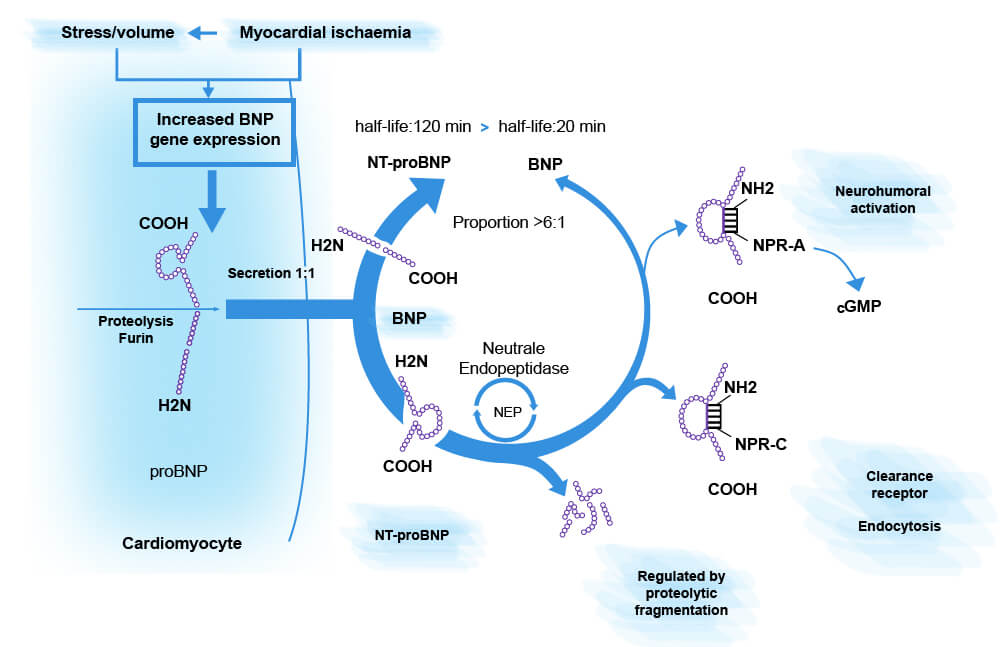 B-type natriuretic peptide (brain natriuretic peptide: BNP) is a small, ringed peptide secreted by the heart to regulate blood pressure and fluid balance. The peptide is stored in and secreted predominantly from membrane granules in the heart ventricles in a pro form (preproBNP). The prohormone is clevaged into preBNP, then processed to a biologically active form BNP with 32 amino acids, and another biologically inactive form N-terminal proBNP (NT-proBNP) with 76 amino acids. NT-proBNP is with a relatively long plasma half-life, which would lead to a higher stability of its levels in patients. NT-proBNP is emerged as biomarkers of heart failure (HF) in clinical studies.
B-type natriuretic peptide (brain natriuretic peptide: BNP) is a small, ringed peptide secreted by the heart to regulate blood pressure and fluid balance. The peptide is stored in and secreted predominantly from membrane granules in the heart ventricles in a pro form (preproBNP). The prohormone is clevaged into preBNP, then processed to a biologically active form BNP with 32 amino acids, and another biologically inactive form N-terminal proBNP (NT-proBNP) with 76 amino acids. NT-proBNP is with a relatively long plasma half-life, which would lead to a higher stability of its levels in patients. NT-proBNP is emerged as biomarkers of heart failure (HF) in clinical studies.